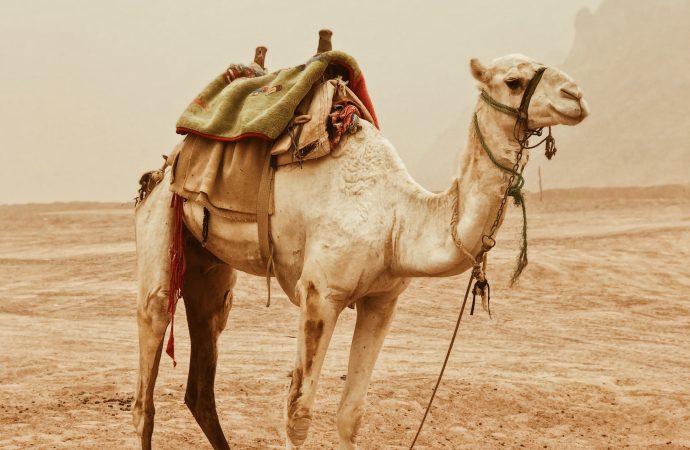Camels are often associated with the hot, dry deserts of the Middle East and Africa, where they have been used for transportation, milk, meat, and even racing for centuries. They have a reputation for being tough and resilient, capable of surviving in harsh conditions that would be difficult for most other animals. But what are
Camels are often associated with the hot, dry deserts of the Middle East and Africa, where they have been used for transportation, milk, meat, and even racing for centuries. They have a reputation for being tough and resilient, capable of surviving in harsh conditions that would be difficult for most other animals. But what are the adaptations that allow camels to thrive in these environments?
One of the most notable adaptations of camels is their ability to go for long periods without water. Camels are able to conserve water by producing dry feces and concentrating their urine, which allows them to reabsorb more water back into their bodies. They can also tolerate dehydration better than most other animals, thanks to their unique red blood cells, which are oval-shaped instead of circular. This allows them to retain more water and continue functioning even when dehydrated.
Camels also have large, flat feet with thick, leathery soles that allow them to walk comfortably on sand and other soft surfaces. Their feet have two toes that are fused together and can spread out to provide more stability on uneven terrain. Additionally, camels have a third eyelid, which helps protect their eyes from blowing sand and other debris.
Another adaptation that helps camels survive in the desert is their ability to regulate their body temperature. Camels have thick coats of hair that keep them warm in cold weather, but they also have the ability to shed this hair in warmer weather to prevent overheating. They also have a unique nasal structure that allows them to conserve water by reducing the amount of moisture they lose when they exhale.
Camels are also able to eat a wide variety of plants, including tough, thorny vegetation that other animals cannot digest. They have a four-chambered stomach that allows them to break down these tough fibers, and they can store food in their stomachs for several days, allowing them to go longer without eating.
All of these adaptations make camels incredibly well-suited for survival in harsh desert environments. They have been essential to the cultures that have relied on them for centuries, and they continue to play an important role in many parts of the world today. From their ability to travel long distances without water to their unique physiological adaptations, camels are truly remarkable animals that have much to teach us about survival and adaptation in extreme environments.

















Leave a Comment
Your email address will not be published. Required fields are marked with *